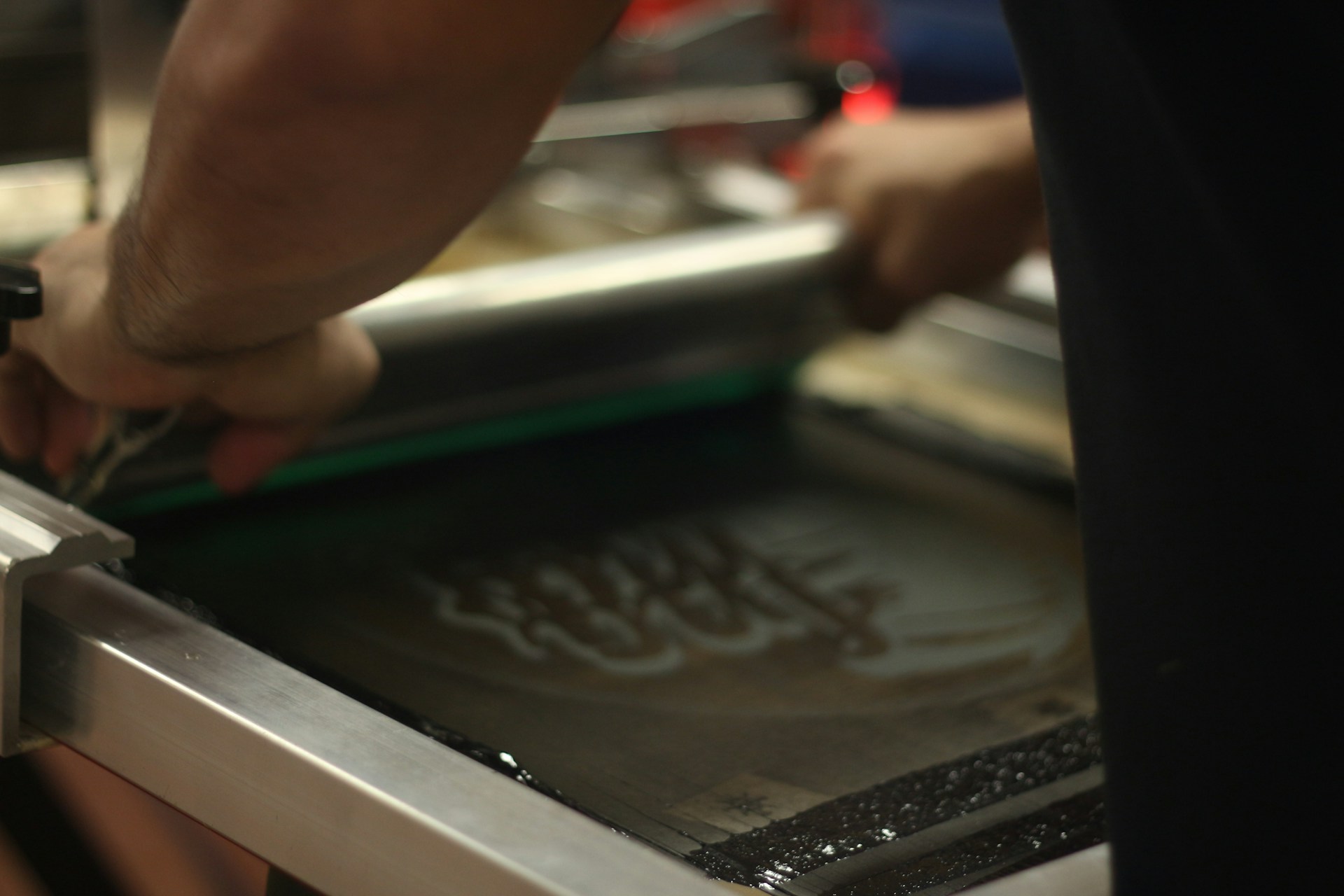Screen printing makes it easy to create custom apparel that looks professional and eye-catching. Whether you're designing t-shirts for a local sports team or merchandise for a school event, screen printing offers options to bring your ideas to life with vibrant colors and detailed designs. While this technique is popular due to its versatility and impact, sometimes texture problems can pop up. These issues might affect the quality and appearance of your final product.
What kind of texture problems are we talking about? Rough prints, uneven finishes, or sticky surfaces can turn your vision into something less than desired. Addressing these issues ensures a smooth, professional look every time. It's not just about aesthetics; smoothing out these problems means happier customers and products that stand out for the right reasons.
Common Screen Printing Texture Problems
When diving into screen printing, you might encounter a few texture issues that are fairly common but fortunately fixable. Here's a closer look at what you might face:
- Rough Prints: Sometimes prints feel coarse to the touch. This can happen if the screen tension isn't correct or if there's too much pressure applied during printing.
- Uneven Texture: This can occur when ink is inconsistently applied. Improper ink consistency or not using the right squeegee can lead to a patchy appearance.
- Sticky Surfaces: If your print stays tacky long after it should be dry, it might be due to incorrect curing temperatures or humidity issues.
The reasons behind these issues often boil down to technique. For instance, improper ink consistency can cause uneven textures, leading to disappointing results. Likewise, incorrect screen tension can turn a print that's supposed to be smooth into something rough and unappealing. Understanding these underlying causes is the first step toward fixing the problems.
For those in Fort Myers, where humidity can be a factor, keeping an eye on environmental conditions can also help. Proper temperature and humidity control in your workspace may prevent some of these issues from happening in the first place. Being aware and proactive about these potential hurdles can significantly enhance your printing projects.
Solutions for Rough Screen Prints
Sorting out rough prints begins with adjusting screen tension. If the screen is too loose, the ink will not spread evenly, creating an unpleasant texture. Start by tightening the screen to ensure it sits just right. Not too tight, though; think of it like tapping a drum — firm with a little give.
Using the correct squeegee pressure is another key factor. Pressing too hard or too gently won't distribute the ink properly, leading to rough or inconsistent textures. Practice applying consistent pressure for even ink spread across the screen.
The curing process really matters. If the prints feel rough, check the curing temperature. Ink needs to be cured at a specific temperature to bond correctly with the fabric. Incorrect temperatures leave prints feeling coarse and unfinished. Always monitor your curing machine to keep those temperatures steady and accurate.
Techniques to Achieve Smooth and Even Prints
Getting your prints to look and feel smooth starts with mixing ink the right way. Aim for a consistency that flows easily but isn’t runny. This lets the ink glide across the garment without breaks or patches, ensuring your design stays glossy and smooth.
High-quality screens and emulsion are your best friends. They allow for finer detail and smoother prints. Cheaper options can lead to imperfections and frustrations. Investing in top-notch materials ensures that your designs maintain their clarity and appeal.
Consider using additives. These specialized ingredients enhance ink performance by improving flow and adhesion, resulting in cleaner lines and more vibrant prints. A little bit of these can go a long way in refining the overall quality of your screen prints.
Preventing Sticky Surface Issues
Sticky surfaces usually point to issues in curing and drying times. Make sure your screen printed items have adequate time to dry. Patience here can really pay off by ensuring the prints are properly set and dry to the touch.
Avoid overcuring or undercuring by following manufacturer guidelines for the ink and fabric you’re using. Sometimes, adjusting the curing times and temperatures can mean the difference between a sticky finish and a perfect one.
Lastly, maintaining your equipment pays dividends in print quality. Regularly checking the condition of your curing units keeps everything functioning optimally. Keep a maintenance schedule to avoid surprises that could affect your printing process and outcomes.
Smooth Printing with Confidence
Addressing and resolving these texture problems means smoother, higher-quality prints. Consistently applying the right techniques guarantees better results and happier customers. When you know your equipment and materials are in top shape, it's easier to produce prints that meet your standards.
Screen printing should always be about delivering products that wear well and look even better. With these techniques under your belt, you're equipped to tackle any texture challenges that come your way. Keep practicing and refining your skills to ensure every project shines.
Achieve flawless and consistent prints by addressing texture challenges head-on with proven techniques and expert insights. At iCON Advertising, we specialize in helping your projects shine through exceptional screen printing in Fort Myers that eliminate common pitfalls like rough or sticky surfaces. Let us guide you towards creating stand-out custom apparel that wows your clients and lasts for years. Join us in perfecting your screen printing skills and producing the high-quality results you envision.
